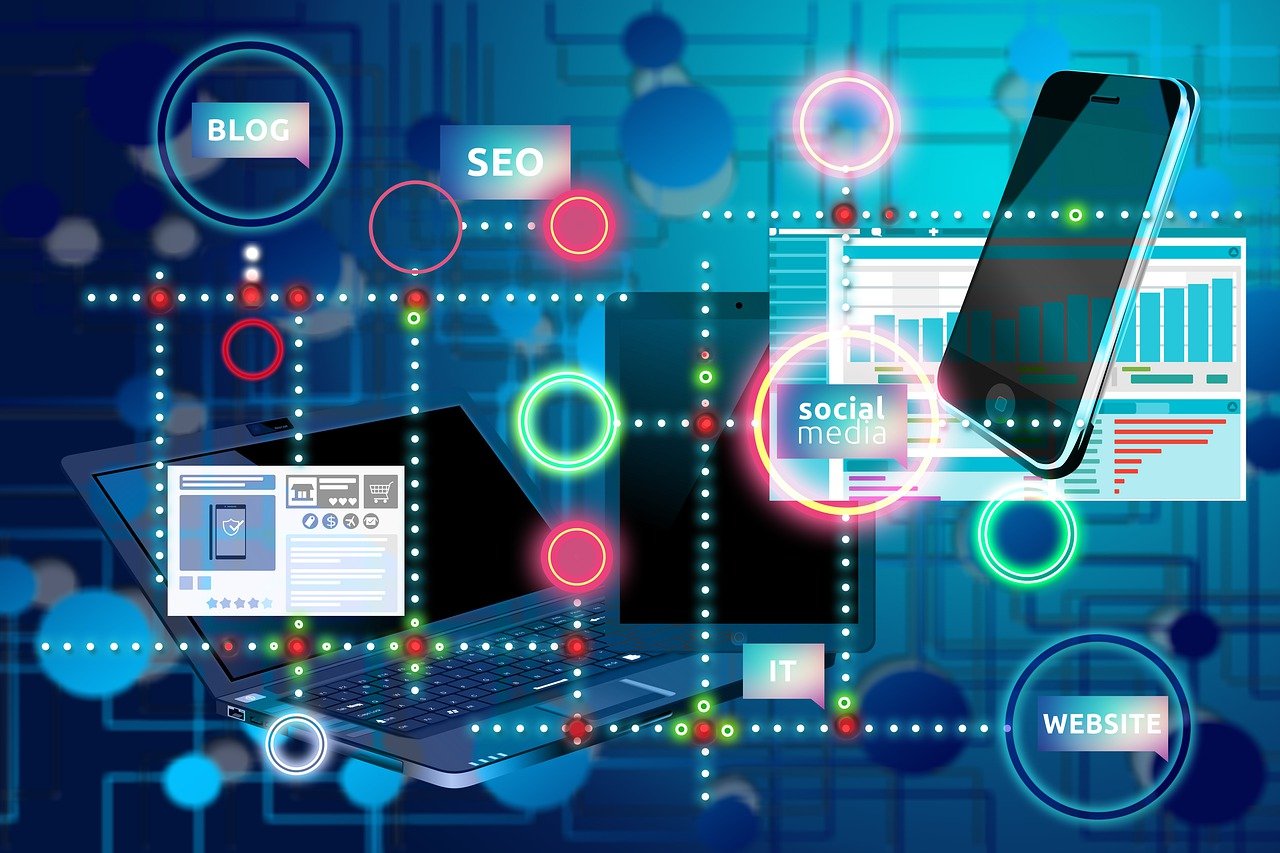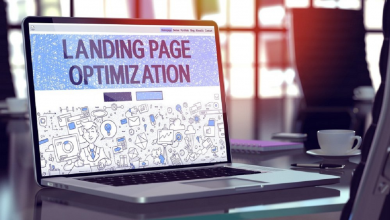Web design examples for inbound marketing

How to design an inbound marketing website?
When customers come to your website, they immediately want to know if you can help them solve their problems. To design an excellent inbound marketing website, you must concentrate on what your prospects require rather than bragging about how unique your company is, as most organizations do.
These website designs demonstrate how a functional website should appear.
Accolade’s homepage design:
The fundamental purpose of your website’s homepage is to entice visitors to page two, not to teach prospects everything you know.

This is because all you know when someone visits your website is that they found you. When people visit your pricing, products, or services sites, however, you’ll see a lot more about what they’re searching for, and your sales team will have a better understanding of their requirements.
Acculevel, one of our clients, has done an excellent job of encouraging customers to explore beyond the home page.
Why this example is compelling:
- Large paragraphs or blocks of material are avoided on the site.
- It has simple navigation that directs visitors where they need to go.
- Prospects can see a list of difficulties they could be having and how the marketing companies might help them solve them right away.
When a prospect selects an “issue,” a popup appears with more information about why the problem occurs and how to resolve it.
This website guides visitors through the buyer’s journey straightforwardly and simply while educating and empowering them to make an informed purchase.
River Pools is a content style for inbound marketing:
Except for your products and services pages, nearly all the content on your website should be instructive, answering all of your prospects’ inquiries and nudging them toward a sale.
All your material should be housed in a close instructional location we like to call the “learning center,” whether blog articles, videos, whitepapers, or buying guides.
River Pools, which excels at this, provides us with this learning center example.
An example for river pool style:
It has several fun self-service features like quizzes and pricing calculators.
You can search and browse using the search bar and the “topics” dropdown menu on the page.
It provides numerous possibilities for potential customers to provide their contact information.
All these factors work together to assist the prospect in locating what they’re looking for.
Other examples of inbound marketing:
Newsletters and email campaigns are still an essential part of the local inbound marketing process. Chatbots and self-service technologies, for example, are becoming more popular.
Here’s what some of our most successful clients are doing in these areas.
W.S. Tyler’s email marketing:
W.S. Tyler, a ladies’ maker of wire cloth and mesh materials, had a hugely successful “choose your own adventure” email campaign. Prospects are shown content that is closely connected to their decision based on their responses to multiple-choice questionnaires.
Example:
It provides an out-of-the-box technique to entice disinterested contacts to reconsider your offerings.
Addresses the pain points and obstacles that prospects have defined for themselves.
Sends the most relevant stuff to the most appropriate individual at the most reasonable time.
W.S. Tyler’s emails were so successful that they received a 74.14 percent open rate, which is practically unheard of, especially among unengaged contacts.
River Pools’ Pricing Calculator is a self-service pricing tool:
River Pools offers a fantastic pricing tool to assist you in selecting the ideal swimming pool for your garden.
With just a few clicks, you can budget for any unexpected charges that may arise due to the company’s alternatives and add-ons.
It tells customers about all their options, with specifics that educate them on each step they take (what the product is, why you might or might not need it, etc.).
It allows customers to choose the materials for their pool and any optional features such as automatic vacuums or cascades.
After the prospect submits their contact information at the end of the process, the quote email to their inbox. It’s a quick and straightforward approach to give shoppers the power to make their own decisions.
Rancho Group’s self-service comparison tool:
This helpful comparison tool, created by IMPACT client Rancio, assists prospects in choosing the proper coffee maker based on volume, coffee kind, and milk-carrying capabilities.
It provides a simple, entertaining way to shop for customers who may not know the full range of Panlilio’s products.
A user can contact one of the company’s specialists at any time to acquire answers to their questions.
It’s a quick and straightforward approach to learning about the various options available while guiding prospects closer to a purchase decision.
Self-service solutions like this increase buyer awareness by providing helpful information and getting prospects’ queries answered quickly and easily. This, in turn, leads to increased sales.
Berry Insurance Chatbot, for example, is a conversational marketing tool:
Chatbots, live chat, and other conversational technologies are the way to go for prospects who want to ask questions on your website without having to look for your phone number or email address and wait for a response.
Berry Insurance, an IMPACT client, is having a lot of fun with their chatbot, which features the company’s mascot, “Shredder.”
This approach:
Assists consumers in an innovative way through the sales process.
Determines whether you’re in their area right away, eliminating leads that aren’t a good fit.
Offers virtual assistance to leaders who aren’t a good fit for Berry’s learning center but can still benefit from it.
This is an excellent example of how to politely decline bad-fit leads while being a helpful and trustworthy company in the process.





